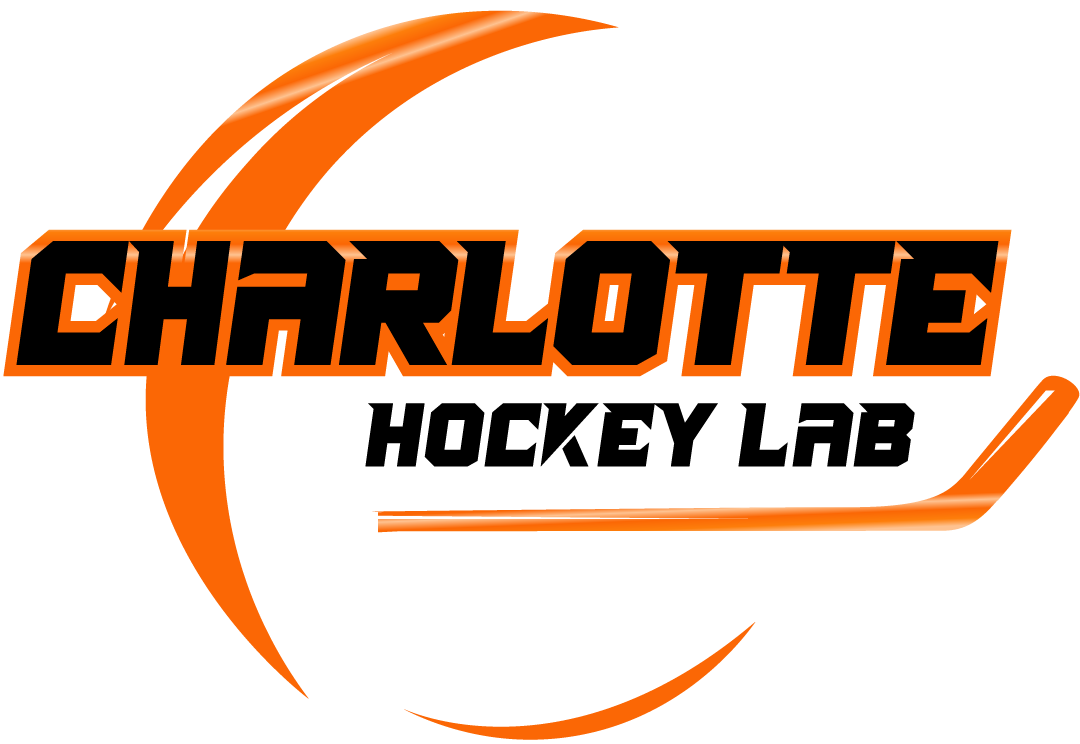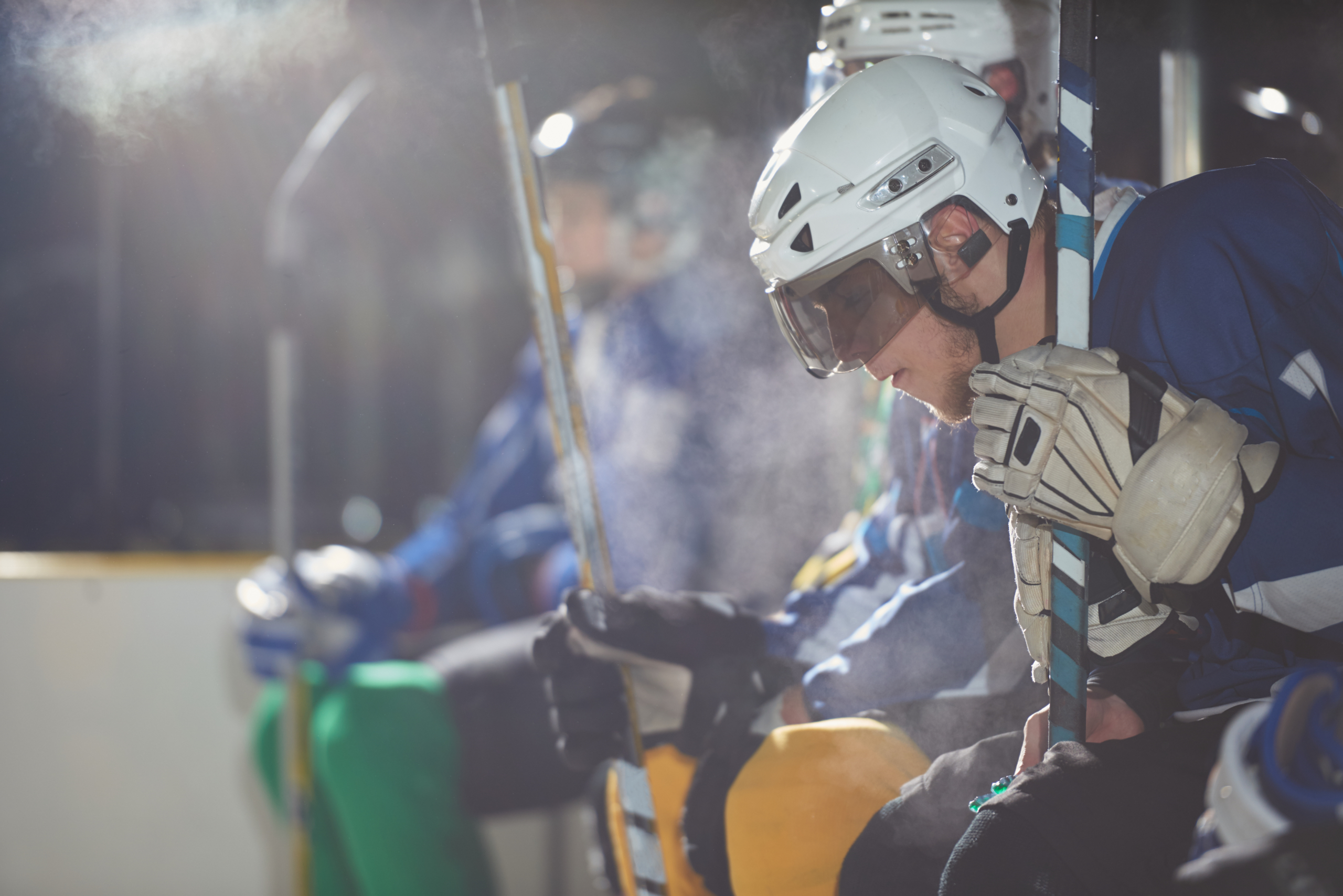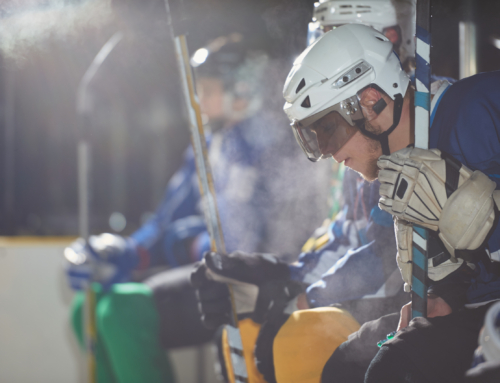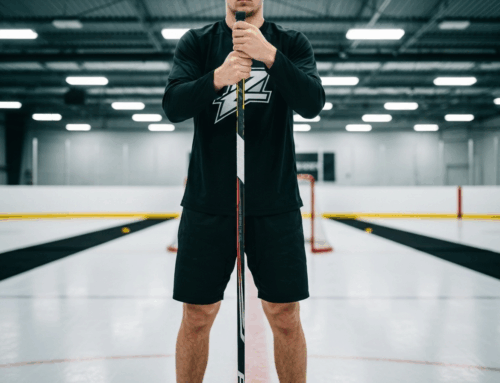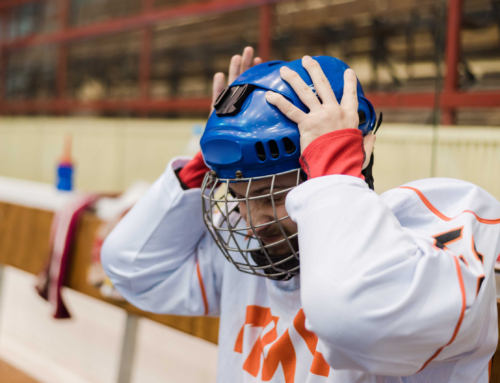Master Your Hands: Top Hockey Stickhandling Drills You Can Do From Home with Charlotte Hockey Lab
Introduction: Unlock Your Puck Control Potential Anywhere
Developing superior puck control is a non-negotiable for any aspiring hockey player. The good news is, you don’t need ice time to dramatically enhance your stickhandling skills. With dedicated practice, you can master essential hockey stickhandling drills you can do from home, transforming your game and confidence on the ice. This guide from Charlotte Hockey Lab will equip you with the knowledge and exercises to elevate your puck mastery, all from the comfort of your own space.
Why Off-Ice Stickhandling is a Game-Changer
Off-ice stickhandling offers numerous advantages that translate directly to on-ice performance. It’s an accessible and effective way to build fundamental skills, muscle memory, and hand-eye coordination without the added complexities of skating or game pressure. Consistent off-ice training allows for focused repetition, which is crucial for internalizing movements and developing “soft hands” – the ability to control the puck with finesse. As noted by Bauer, consistent off-ice training can significantly enhance shooting, passing, stickhandling, and skating skills. It allows players to work on individual techniques, refine their touch, and improve puck feel, ensuring that when they hit the ice, their hands are ready to react instinctively.
Essential Gear for Your At-Home Stickhandling Zone
Setting up an effective at-home stickhandling zone doesn’t require extensive equipment. Here’s what you’ll need:
- Hockey Stick: Your regular game stick is ideal to ensure consistency between off-ice and on-ice feel.
- Pucks or Balls:
- Green Biscuit or Street Puck: Designed for smooth gliding on various surfaces.
- Swedish Ball: Excellent for developing quick hands and puck feel, closely mimicking an actual puck.
- Golf Ball: Smaller and bouncier, great for hand-eye coordination, though it can be unpredictable.
- Tennis Ball: A safer, softer option for beginners or younger players, less likely to cause damage indoors.
- Smooth Surface: A basement floor, garage, or even a shooting pad or synthetic ice tiles will provide the necessary glide and protect your stick blade.
- Obstacles: Cones, old shoes, or even other pucks can serve as effective markers for drills.
- Blade Protector: If practicing on rough surfaces, a blade protector is highly recommended to prevent wear and tear on your stick.
Top Hockey Stickhandling Drills You Can Do From Home
Here are some fundamental and progressive hockey stickhandling drills you can incorporate into your routine:
1. Quick Dribbles (Side-to-Side)
This foundational drill focuses on rapid, controlled movements directly in front of your body. Keep your top hand loose and use your wrists for quick puck manipulation. Start slowly, then increase speed while maintaining control. This drill is excellent for developing the “soft hands” critical for reacting quickly on the ice.
2. Wide Stickhandling
Expand your range by moving the puck far from your body on both your forehand and backhand. This builds strength in your wrists and forearms and improves puck protection skills. Extend your arms fully, maintaining control as you pull the puck back in. Max Ivanov, an NHL skills coach, suggests incorporating lunging motions to exaggerate the reach and further develop puck control away from the body.
3. Figure Eights
Set up two objects (pucks, cones) about 1-2 feet apart. Weave the puck in a figure-eight pattern around them, using both forehand and backhand. This drill improves agility, precision, and the ability to change direction quickly. Vary the distance between obstacles and your speed to increase difficulty.
4. Around the World
A great warm-up and skill-builder, this drill involves moving the puck in a full circle around your body. Start on your forehand, push the puck forward, catch it on your backhand, then continue the motion across your body. Focus on keeping the puck cupped and controlled throughout the entire movement. The OMHA Players Club, presented by HockeyShot, highlights the importance of the “Quick Hands” drill, which forms the foundation for all stickhandling skills.
5. Toe Drags and Backhand Toe Pulls
These moves are crucial for deking opponents and creating space. For a toe drag, pull the puck back with the toe of your blade, then quickly push it past an imaginary defender. For backhand toe pulls, practice flipping your stick and using the backhand toe to pull the puck across your body. These drills, emphasized in comprehensive guides on stickhandling techniques, are vital for developing deceptive maneuvers.
6. McDavid Lateral Crossover Conditioning Drill
Inspired by NHL superstar Connor McDavid, this drill combines stickhandling with lateral agility. Use two lines on the ground to perform lateral crossovers while rapidly stickhandling a puck or ball. This drill is excellent for building quick hands, maintaining puck control with your head up, and improving explosive crossovers, preparing you for dynamic on-ice scenarios.
Taking Your Drills Further: Advanced Techniques & Creativity
Once you’ve mastered the basics, challenge yourself by adding elements that mimic game situations:
- One-Handed Stickhandling: Practice controlling the puck with just your top hand. This builds tremendous forearm strength and teaches you to protect the puck more effectively.
- Head Up Training: Gradually reduce your reliance on looking at the puck. Integrate visual cues around your practice area, forcing you to scan your surroundings while stickhandling.
- Adding Obstacles and Movement: Create more complex obstacle courses. Incorporate stickhandling while moving around, running in place, or even stepping over small hurdles (like in the McDavid Crossover drill).
- Combination Drills: Link multiple moves together, such as a wide stickhandle into a toe drag, followed by a quick dribble. The goal is to build fluid transitions between techniques.
- Timed Challenges: Set a timer for 30-60 seconds and see how many clean reps of a specific drill you can achieve. Track your progress to stay motivated.
Charlotte Hockey Lab: Your Partner in Skill Development
While at-home practice is invaluable, integrating it with specialized training can accelerate your progress. At Charlotte Hockey Lab, we provide a state-of-the-art facility designed to complement your individual efforts. Our cutting-edge facility offers dedicated shooting lanes, skating treadmills, and advanced RapidShot technology. These tools provide immediate feedback on your shot speed, accuracy, and reaction time, allowing you to fine-tune your skills with precision. We believe in empowering every player, from beginners to elite athletes, to reach their full potential. Explore how our programs and expert coaching can help you build on your home practice and truly revolutionize your game.
Maximizing Your Practice: Tips for Consistency & Improvement
To truly master hockey stickhandling drills you can do from home, consistency and smart practice habits are key:
- Short, Frequent Sessions: Rather than one long session, aim for 10-20 minutes of daily practice. Regular exposure builds muscle memory more effectively.
- Quality over Quantity: Focus on executing each drill with proper technique. Sloppy practice reinforces bad habits.
- Watch and Learn: Observe professional hockey players. Pay attention to how they handle the puck in tight spaces, protect it, and make deceptive moves.
- Record Yourself: Use your phone to record your drills. Watching playback can help you identify flaws in your technique that you might not notice otherwise.
- Stay Hydrated and Warm Up: Even off-ice, prepare your body with a light warm-up to prevent injury and maximize performance.
Frequently Asked Questions About Home Stickhandling
How often should I practice off-ice stickhandling?
Ideally, aim for 5-7 days a week, even if it’s just for 10-15 minutes. Consistency is more important than duration.
What’s the best surface for off-ice stickhandling?
A smooth, flat surface like a shooting pad, synthetic ice, or a sealed garage floor works best. These surfaces allow the puck or ball to glide naturally.
Should I wear gloves when practicing at home?
Yes, wearing your hockey gloves during off-ice practice helps simulate the on-ice feel and ensures your hands get accustomed to the equipment.
Can off-ice stickhandling really improve my game on the ice?
Absolutely. By building muscle memory, hand-eye coordination, and puck feel in a controlled environment, these skills transfer directly to the ice, making you more confident and effective.
Master the Puck, Master the Game
Mastering stickhandling from home is an attainable goal that offers significant rewards on the ice. By consistently applying these hockey stickhandling drills you can do from home, you’ll develop the control, agility, and confidence needed to stand out. Embrace the journey of continuous improvement, and remember that every touch, every deke, and every controlled movement brings you closer to becoming a truly elite player. Your dedication off the ice will undoubtedly lead to success on it.
Ready to elevate your game beyond home practice? Contact Charlotte Hockey Lab today to explore our specialized training programs!

We use only the finest ingredients to produce stellar tastes.
